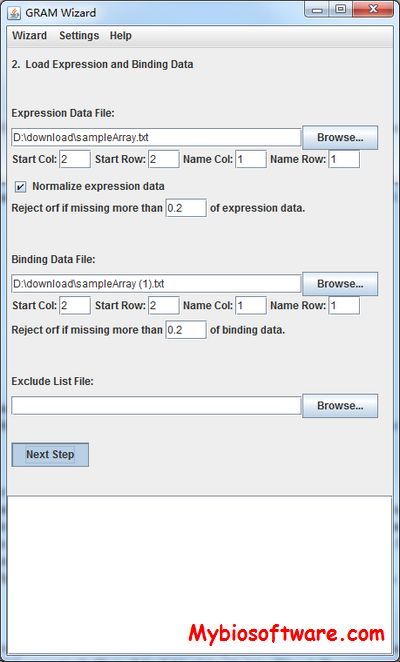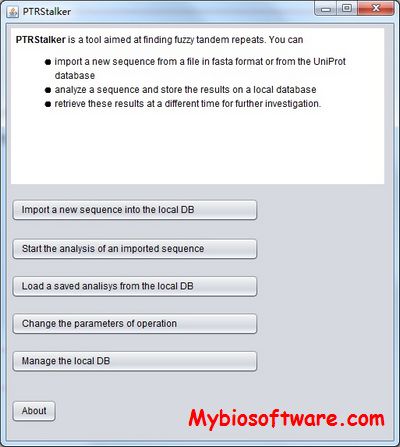LRMotifs 1.0
:: DESCRIPTION
LRMotifs is a novel method of DNA sequence motif discovery based on logistic regression and rigorous hypothesis testing.
::DEVELOPER
David M Simcha dsimcha@gmail.com
:: SCREENSHOTS
N/A
:: REQUIREMENTS
- Linux
:: DOWNLOAD
:: MORE INFORMATION
Citation
PLoS One. 2012;7(11):e47836. doi: 10.1371/journal.pone.0047836. Epub 2012 Nov 7.
The limits of de novo DNA motif discovery.
Simcha D1, Price ND, Geman D.


